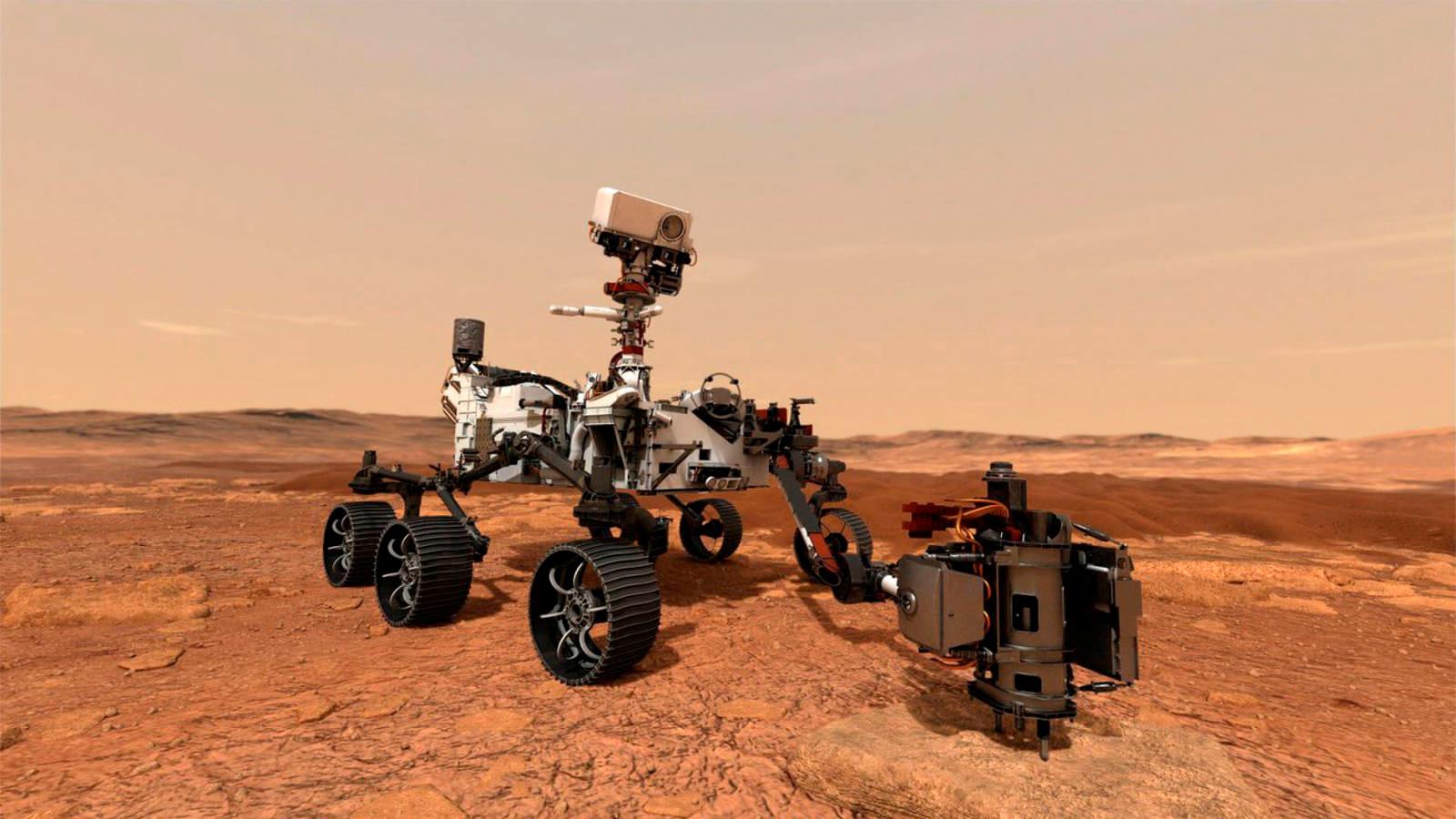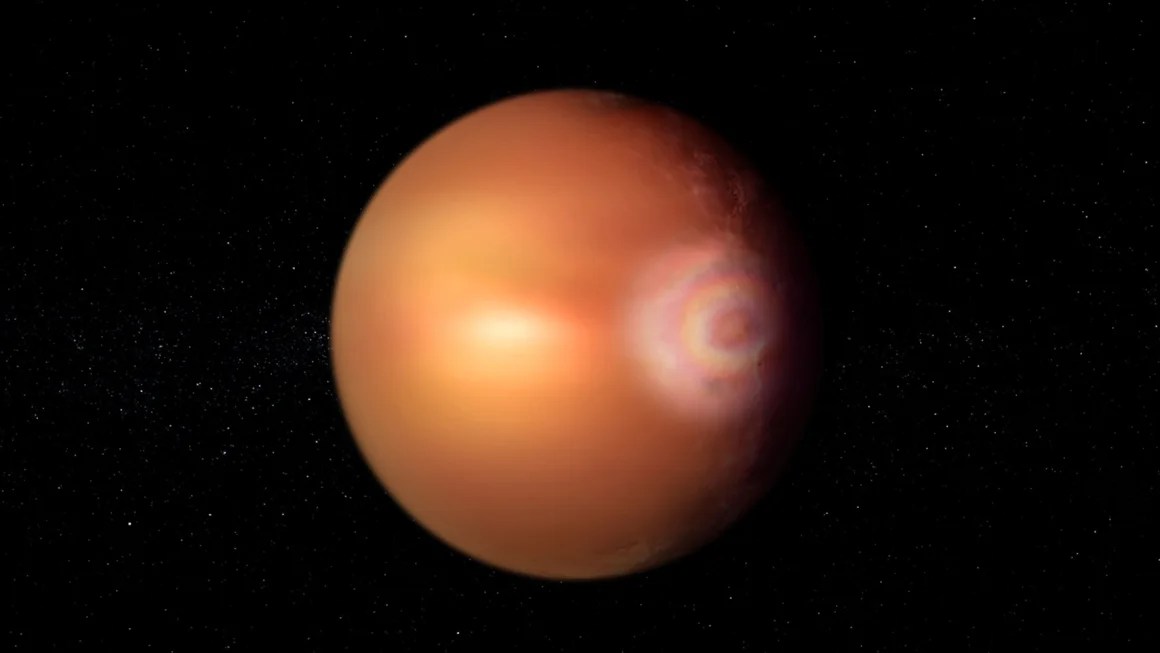The robotic diligence vehicle made its maiden voyage of 6.5 meters above the surface of Mars, and the migration will be the first milestone for this voyage, NASA scientists said on Friday.
Two weeks after arriving at the red planet on February 18, this Thursday afternoon the rover took its “first steps” by moving four meters forward, then 150 degrees to the left and finally 2.5 meters.
“Our first voyage went incredibly well,” said Anees Jarifian, an engineer at NASA’s Impulse Laboratory (JBL), who is part of the team responsible for the diligent motion tests.
“We now believe that our impulse system is ready to move, and that science has the potential to take us to the place where it will take us for the next two years,” he added.
Members of the “Rover” mission, whose maximum speed is 0.01 miles per hour (16 meters per hour), are even faster than its predecessor Curiosity, describing that it will make regular movements once diligence fully completes its scientific investigations. About 200 meters.
At the press conference, team members showed pictures of the vehicle’s tracks on the rocky surface of Mars.
In memory of the California-born science-fiction writer of the same name, Octavia E. Katy Stock Morgan, co-scientist on the trip, announced today that Butler has been named.
As explained today, in recent days the vehicle has undergone program updates and various tests, including the use of two air sensors from the Mars Environmental Dynamics Analyzer (MEDA) tool developed by the Spanish Astrobiology Center (INTA-CSIC).
Similarly, this week mission scientists stopped the rover’s two – meter – long robot arm for the first time, moving each of its five limbs for two hours.
Deputy Mission Director Robert Hawk said he was conducting an analysis to determine the best site to place the ingenious helicopter.
He said they plan to complete the necessary first tests and measurements before the summer before the helicopter launches its first flight into the air on Tuesday.
In its first two weeks on the Red Planet, the diligence has already sent about 7,000 images captured by Morgan, “the most advanced camera set ever to travel to Mars.”
The perseverance to leave Earth in July 2020 carries with it a device that converts carbon dioxide, which accounts for 96% of the Martian atmosphere, into oxygen, giving Earth the breath of astronauts on future human missions and the return of rockets.
The robot is tasked with searching for ancient life, taking samples, studying the geography and climate of the Red Planet, and preparing the way for humans to travel.




:quality(85)/cloudfront-us-east-1.images.arcpublishing.com/infobae/UPVGPP57H5HKJNEFI7YGN5QE2A.jpg)
